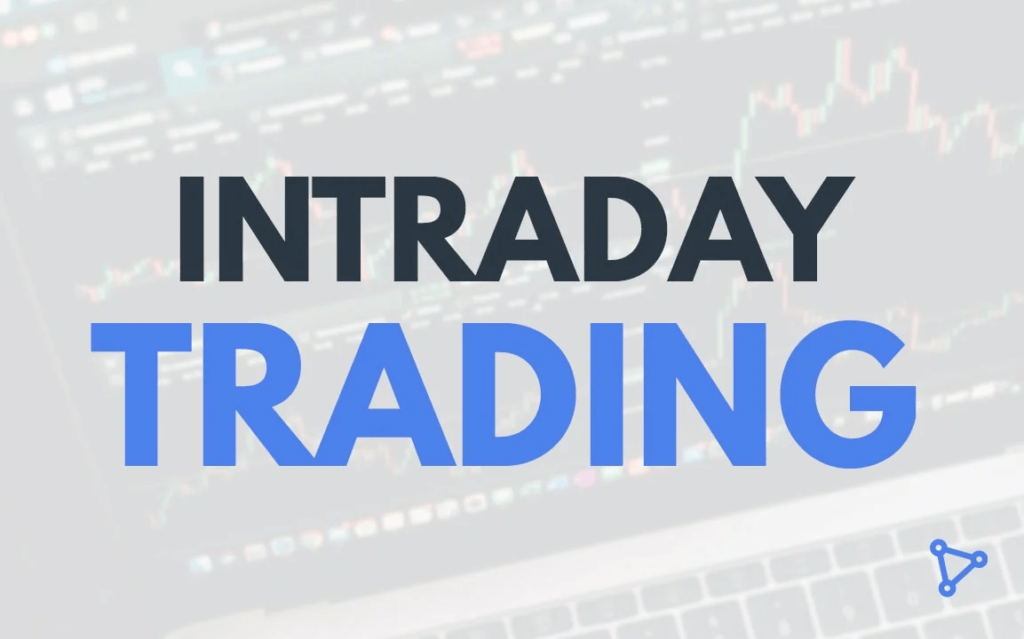Intraday trading, also known as day trading, involves buying and selling financial instruments like stocks, commodities, or currencies within the same trading day. In this type of trading, all positions are closed before the market closes to avoid overnight risk. The goal is to profit from short-term price fluctuations.

Key Concepts in Intraday Trading:
- Technical Analysis: Day traders often rely on charts and technical indicators (like moving averages, RSI, and MACD) to make informed trading decisions.
- Liquidity: Traders prefer stocks or instruments that have high liquidity, ensuring that they can enter and exit trades quickly without large price changes.
- Volatility: Intraday traders look for assets that have high volatility, as these offer more opportunities to profit from price fluctuations.
- Leverage: Intraday traders often use leverage (borrowed capital) to increase their potential returns, though this also increases risk.
- Stop-Loss and Target Price: Setting a stop-loss helps limit losses if the market moves against a trader, while a target price defines the level at which profits will be taken.
- Market Orders and Limit Orders: Market orders are executed at the current best available price, while limit orders are executed only at a specified price or better.
Popular Strategies:
- Scalping involves making dozens or hundreds of trades within a day, aiming for small profits from each trade.
- Momentum Trading: Traders buy stocks or assets that are moving strongly in one direction and hold them until they show signs of reversal.
- Range Trading: Involves identifying key support and resistance levels and buying at support while selling at resistance.
- Breakout Trading: Focuses on entering a trade when the price breaks through a significant price level, expecting a strong follow-through.
Risk Management:
- Position Sizing: Managing the size of each trade based on account size and risk tolerance.
- Risk-Reward Ratio: Traders often aim for a ratio where the potential reward is greater than the potential risk (e.g., 2:1 or 3:1).
Tools for Intraday Trading:
- Trading Platforms: Brokers provide platforms for fast execution of trades with real-time data and charting tools.
- News Feeds: Timely access to market news can be critical, as major news events can impact prices rapidly.
Intraday trading requires a lot of focus, discipline, and the ability to make quick decisions, as market conditions can change rapidly.

